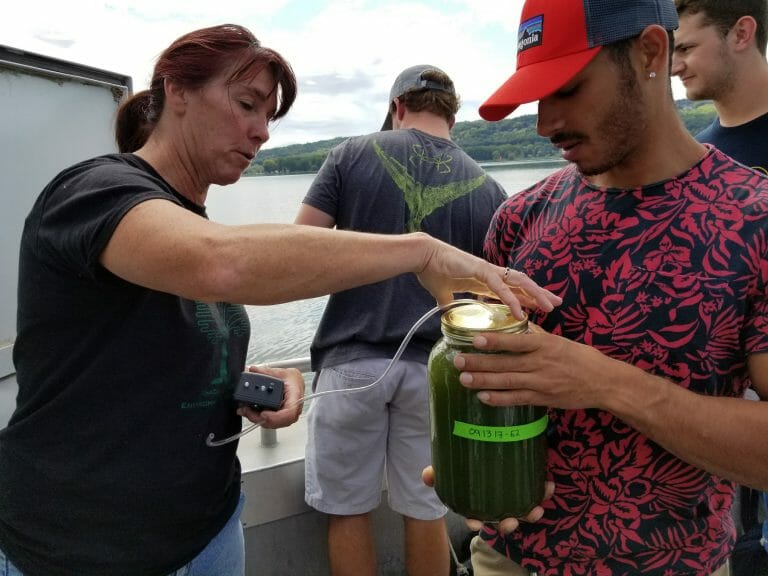IC Toxicology Lab
Real World Environmental Experiences For Undergraduates

Current Projects
We are planning and working on two research projects: studying PFAs contamination in runoff samples, and both the quantification of TWP traces in road dust and the effects of tire wear leachate on Fat Head Minnows.
